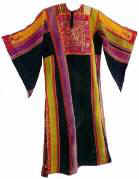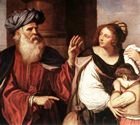Women Slaves in the Bible
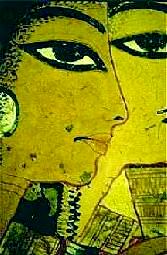 Women slaves in the Hebrew tribes played an important role in their master’s/mistress’s household, and in the early period, as in the case of Hagar, even bore children to the master. He arranged their marriages at his discretion, the sole proviso being that if a man bought a female slave as a wife for himself or his son, he could not change his mind and sell her to another family, but had to honor his obligations to her.
Women slaves in the Hebrew tribes played an important role in their master’s/mistress’s household, and in the early period, as in the case of Hagar, even bore children to the master. He arranged their marriages at his discretion, the sole proviso being that if a man bought a female slave as a wife for himself or his son, he could not change his mind and sell her to another family, but had to honor his obligations to her.
Unlike Exodus, the rules concerning slavery in Deuteronomy do not make a distinction between male and female in the treatment of slaves. Women were to be freed in the seventh year just like men (Deuteronomy 15:12).
The later priestly law of Leviticus 25 makes no reference to slave-concubines and they appear to be unknown by the time of Jeremiah. Nehemiah (5:5) speaks of the sexual violation of Jewish girls by their masters but does not mention their being taken as concubines.
Hagar’s World
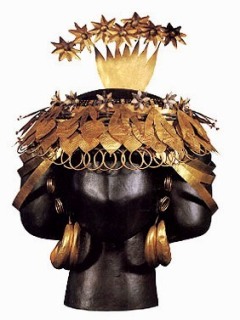
This golden headdress belonged to Queen Puabi of Ur who lived a thousand years before Hagar. Sarah may have owned a modest version of this. Her slave Hagar would have leapt at the chance to own something like it. Bearing a son to the tribal chief, a son who might become tribal leader, would raise her wealth and status beyond her wildest dreams.
The city-kingdoms of Mesopotamia went through cycles of glory and defeat. Sometimes they were led by able rulers who lorded it over large tracts of territory, but at other times their lands were conquered by invaders. One such city was Ur, the home city of Sarah and Abraham. In about 1650BC a Dark Age began in Mesopotamia. The great cities were destroyed and society fragmented into small, frightened groups.
In the period of confusion and destruction that followed, many people fled. They abandoned their homes and searched for a more secure place, or simply tried to escape the violence. One such group was led by Terah, father of Sarah and Abraham. He and his large group of family and servants set out looking for a new home, forming a tribal group who were, without knowing it, ancestors of the Hebrews.
At first these migrants traveled as a small, mobile clan following its flocks, but eventually they arrived at territory already occupied by people called Canaanites, a relatively sophisticated group who lived in city-states with an economy based on agriculture and trade. The clan, now led by Sarah and Abraham, camped at various cities of Canaan, settling temporarily in one place then moving on.

God/Yahweh called himself simply ‘I am’
It was during this period that the tribes developed their unique ethos and began to see themselves as separate from the tribes and kingdoms that surrounded them. Their main identifying difference was worship of Yahweh, a spirit-god who combined the power of all the gods of other tribes but had a special relationship with the Hebrew people. This relationship was embodied in the concept of the covenant, a mutual promise of protection and allegiance made between Yahweh and themselves.
Women’s Lives in this Era
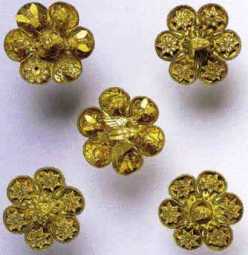
‘…much of that gold turned out to be priceless jewelry draped around the skeleton of a young princess. Mingled with the dried bones were dozens of delicately sculpted gold rosettes, scattered like flowers over the body.’
The women of the city-kingdoms of ancient Egypt, Canaan and Sumer lived in a hierarchical and ordered society. Some were rich women who lived in the royal court, wearing magnificent embroidered clothes and intricate gold jewelry.
At the other end of the social scale were peasant women and slaves who followed their herds or worked in the fields every day, helping to produce the food that supported their whole clan.
Archaeological evidence and excavated clay tablets show that these people lived in a deeply religious society. The women in particular lived and breathed religion because their lives were so closely connected with Nature, on which they depended for survival. Belief in the gods/goddesses in mythic stories was central to everything they did.
The laws of Hammurabi, a famous law-maker and king of Babylonia, provided insights into the lives of women in this period. There were laws to
- protect the rights of women in marriage
- protect women against rape
- define punishment for adultery
- define the just treatment of women who were slave
- regulate the behaviour of women who served in the temples
- state conditions for divorce.
Slave could not be dealt with in a summary fashion, as Hollywood films would have us believe. Their lives, it is true, were probably hard and short, but there were laws to protect them. Sarah could not simply kill Hagar, even if she wished. She had to resort to other methods to get rid of the younger woman.
It was probably during this period that Hebrew women enjoyed greatest freedom and prestige. The stories in Genesis and Exodus show them as independent, strong, and smart, displaying leadership and initiative. The women in these stories almost always got their way when they wanted something.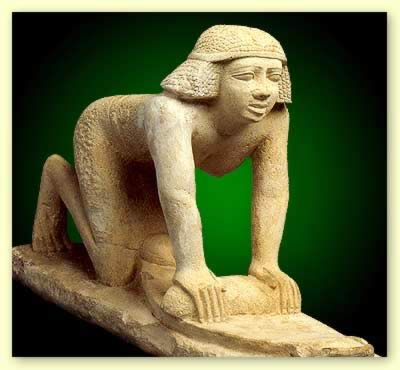 This was because women were necessary for the survival of the tribe, and they knew it. They performed a wide range of tasks without which the clan or family simply could not have managed. They moved freely in society, were not confined within the home, and seem to have spoken and acted confidently.
This was because women were necessary for the survival of the tribe, and they knew it. They performed a wide range of tasks without which the clan or family simply could not have managed. They moved freely in society, were not confined within the home, and seem to have spoken and acted confidently.
Their contribution to the culture of the time was significant. The stories as we have them in the Bible were edited much later by male priests, but there are hints that women had a thriving cultural tradition of their own. These stories dealt with families, children, food, security/safety and home-places, all things related to women’s lives, and scholars suggest that many of the stories of Genesis were originally women’s stories, preserved by women down the centuries.
For additional information on the lives of women in the Bible, see the links to
Family, Work and Religion: the tribe, the family, slaves, women’s tasks, beliefs.
For this page, see especially the section on ‘Slaves’.
Milestones in a woman’s life: Puberty, menstruation, marriage, childbirth, death, burials
[caption id="attachment_1410" align="aligncenter" width="592"]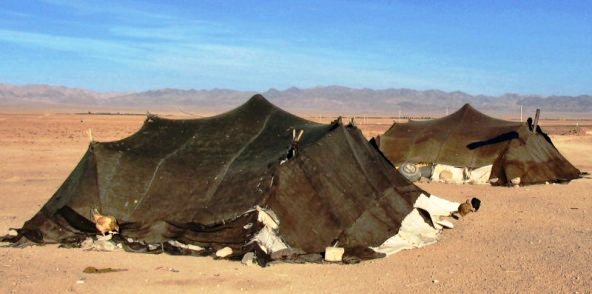 Tents of nomadic herders
Tents of nomadic herders
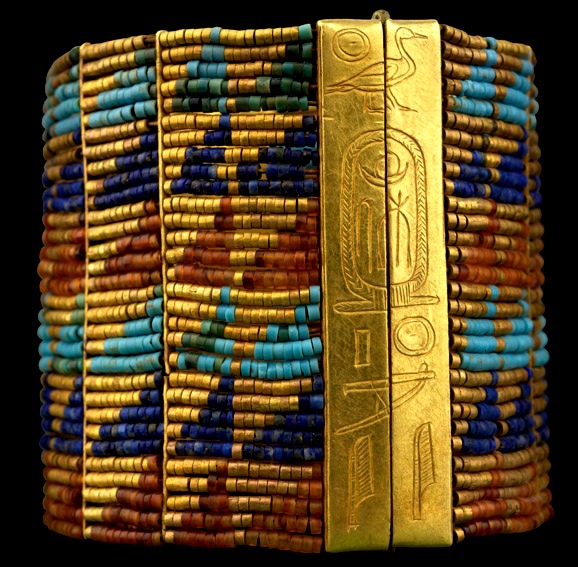
Hagar may have been a slave,
but she came from a sophisticated and wealthy country
Search Box
![]()
Hagar links
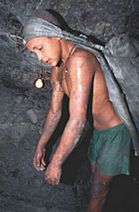
Bible Top Ten: Slavery
Slaves in the Bible, with a case study of Hagar

Story of Potiphar’s Wife
Sophisticated Egypt

What were families like in ancient Israel?
How were they different?
Movies

Movies often have a journey/salvation theme, such as ‘Ice Age’. Simple movies can have profound messages.
© Copyright 2006
Elizabeth Fletcher

